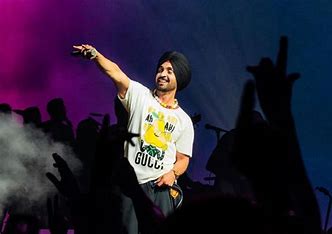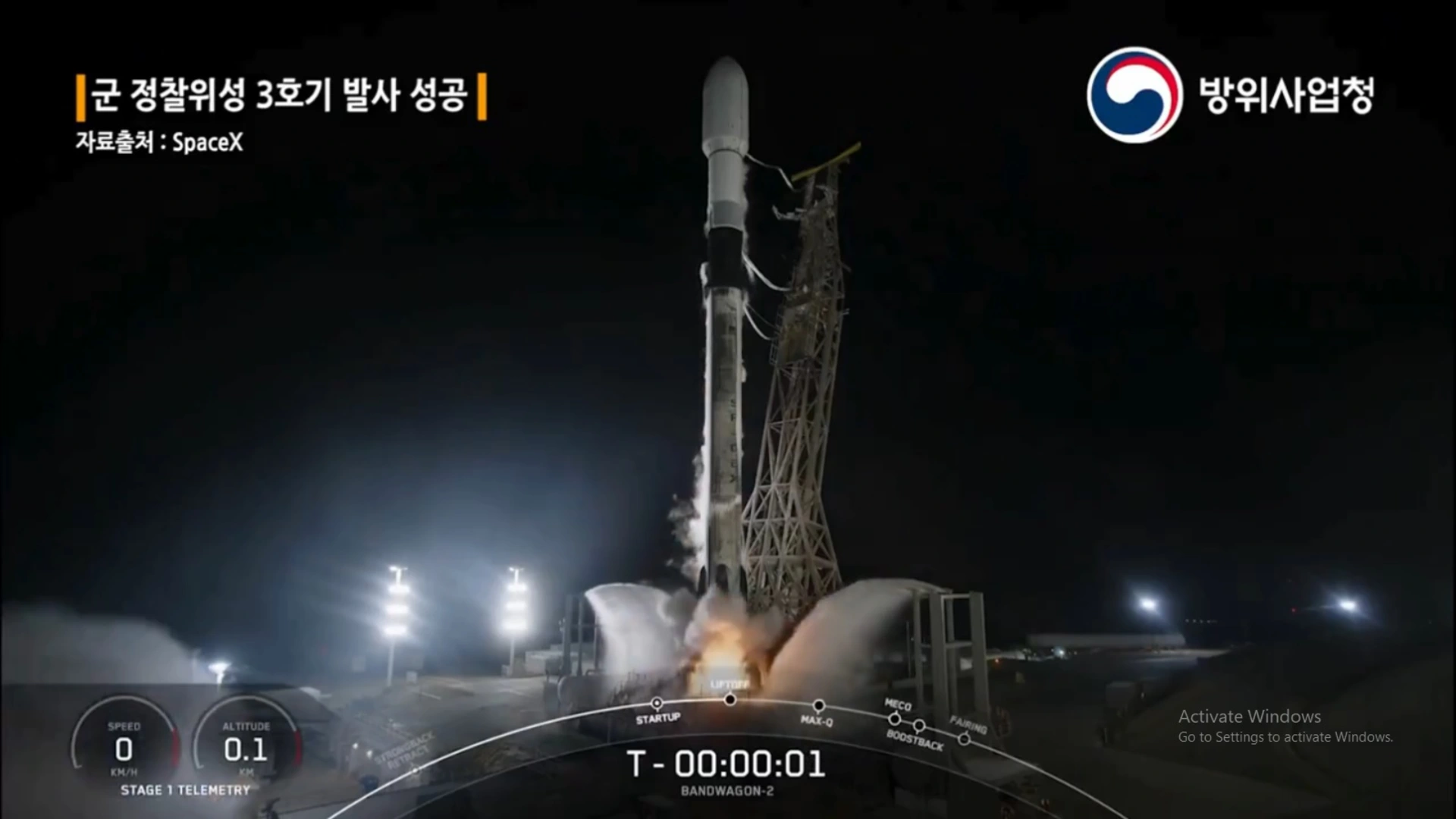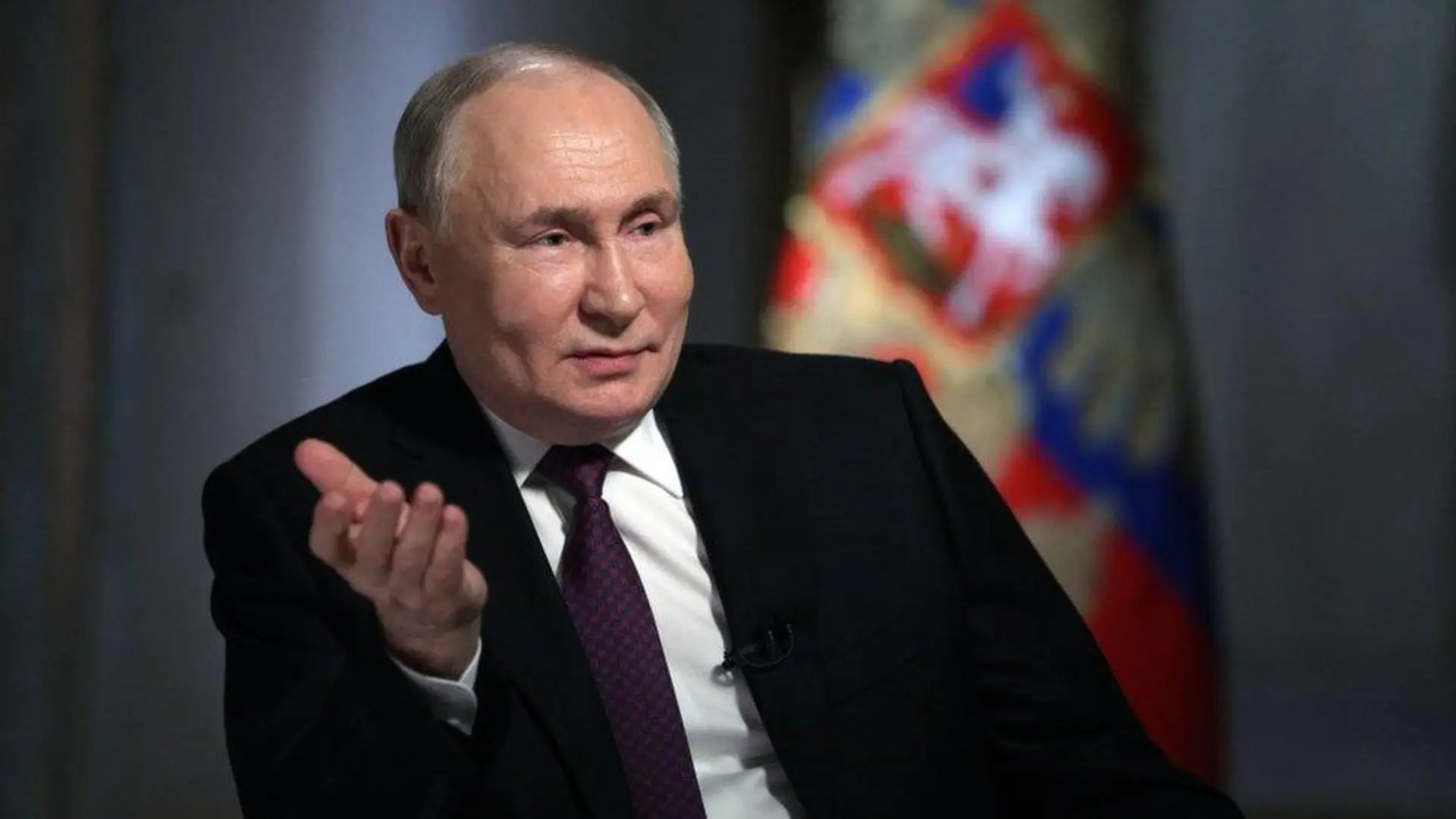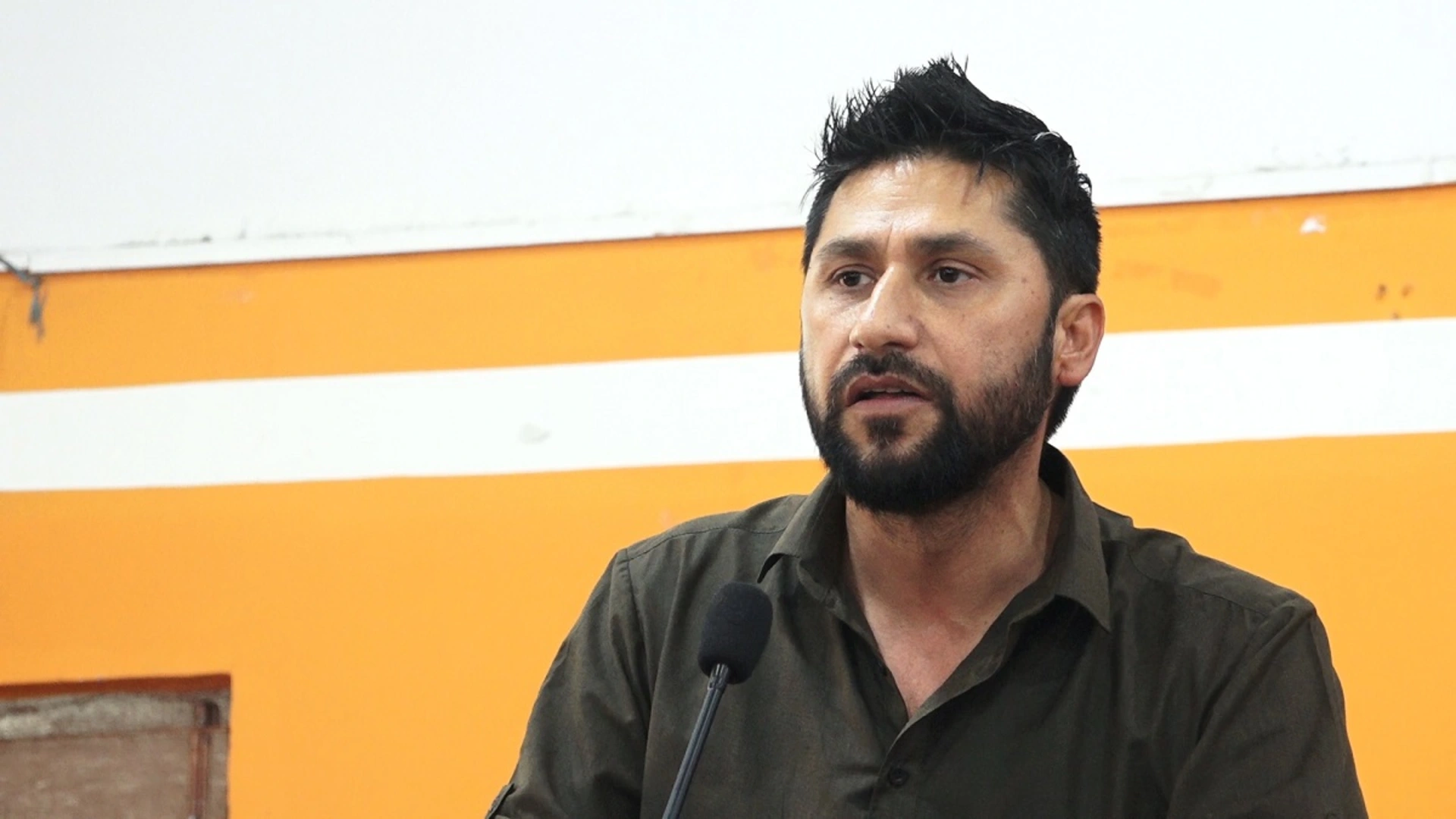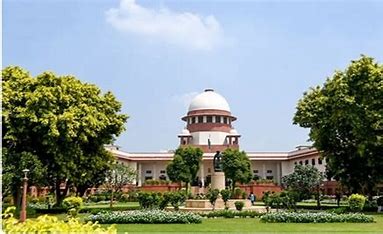The sound of the Rail Engine kindles images of hope, happiness, progress, revolution, partition, separation, movement, rejuvenation, motivation, civilization, life, activity, commencement , flux , expectation , arrival , departure , and so much more. Specially the vintage steam engine driven train which emanated power , music and rhythm . The steam puffing out of its head and from the sides, its powerful pistons pushing in and out propelling the wheels forward creating such captivating huffing sound. One has marvelled the sight and the sound at many stations whilst awaiting the arrivals and the departures as the steam engine shunted up and down . Essentially; it is a good omen, in all cultures and societies, the world over.
However, along with the joy there are tragic images of the Partition when the dead bodies arrived from both sides in the overflowing trains so vividly captured in films such as ‘Gadar’ ,‘ Train to Pakistan’ , ‘Tamas’ and ‘Gandhi’ and a host of documentaries and are seated in the collective memory of that generation and the present too. We have also the images of the holocaust where train carriages were full of the Jews being taken to the ‘Concentration camps’, and the Trans-Siberian train of the post Bolshevik Revolution, the Stalin era when counter revolutionaries and dissidents were exiled to the cold desert transported by the infamous Train!
Many years ago when I was posted to Vizag , in the evenings I would sit alone in my balcony of the apartment facing an industrial complex at a distance, near to the port of Vizag. The loneliness was interrupted by the gushing sound of the rail engine and of the soft collision of the bogies in movement. It was indeed very reassuring and made me happy, as if reminding me that it was there to give me company. The romanticism of steam engine will soon fade into past as it almost ceases to exist in most places . Though I feel that to maintain our industrial and cultural heritage it should still function in some short sectors; and should not die the way the Trams did in Mumbai! The steam engine revive many childhood memories. I do not though recollect my first ‘conscious’ train journey but I am sure that I would have boarded my first train at Dehradun where I was born. As I remember one incident of my childhood connected to train which puts me to shame to this day! I was at home with my grandmother and her brother who had come to visit her, and we were having tea in the evening. Suddenly my country cousin along with her Dad arrived from the village, they sat for some time and then she nudged her father to leave. We wondered as to what was the hurry, she smiled shyly but her father said that they have to go to the railway station to show her the railway engine and the train . I found that strange and could not conceal my astonishment which did not go unnoticed, maybe I mocked at her! After they had left my Grandma’s brother asked me if I had seen the electric train, then he said that the electric trains run in Mumbai and that I could see the latest Shammi Kapoor film ‘An evening in Paris in which the electric train was shown, I got the message and felt bad for my behaviour. Incidentally India was the first country in Asia where the electric trains were introduced by the British in Mumbai Local, it was later in Japan but soon they surpassed all with the bullet train and now China has left even the west behind in its railway technology. I may not remember the Air journeys but many Rail journeys I can recall; the food; the smell; the commotion; the dialects; the arguments ; the jokes. The culture of reserved seat was not wide spread and therefore on many vacations we would travel during long day journeys to Nazibabad ( in order to travel to Garhwal) from Allahabad , unreserved. Obtaining a seat along with the family members was akin to a wrestling contest! Later my regular train to Mumbai from Allahabad was the famous Bombay mail or Calcutta mail as one may call.
The Train , the Engine , the journey , the sound has played an important role in the Indian celluloid inspiring many songs, action sequences and symbolism. The scene of Satyajit Ray’s ‘Pather Panchali’ when the siblings venture out of their surroundings and chance upon the railway track. First they hear the sound keeping their ear on the track and then the train with the traditional Engine arrives and mesmerises the children. It is such a captivating scene ! The action scene of Dharmendra ( Veeru) and Amitabh Bachhan ( jai ) of ‘Sholay’ where the dacoits attack the train was perhaps the beginning of maturing of the action Directors in Indian Cinema .The climax of ‘Dilwale Dulhaniya Lejayenge ‘ with Shahrukh extending his hand from the running train to Kajol when finally Amrish Puri releases her to freedom . Not only the scenes are set in the train but the entire films have been set in the moving train: ‘Half Ticket’ starring Kishore Kumar and Madhubala ,‘The Train’ starring Rajesh Khanna and Nanda, ‘The Burning Train ‘ inspired by ‘Towering Inferno’ was a multistarrer with Dharmendra and Hema Malini leading the cast. The world Cinema’s love of the trains is similar: ‘The Great Train Robbery’ starring Sean Connery , Donald Sutherland and Leslie Anne Down , ‘The Train’ starring Burt Lancaster and Paul Scofield, ‘Von Ryan’s Express starring Frank Sinatra, there is a famous Kurosava film ‘Tengoku to Jigoku ( High and Low ) which inspired the Indian film ‘Inkaar’ starring Vinod Khanna and Amjad Khan. And there are plenty others. Parting, separation , goodbyes and reunion have been filmed regularly at railway platforms which is a dominant symbol of such emotions.
What make the ‘Trains’ so special in India are the songs picturised on them : ‘ Gari bula rahi hai, siti baja rahi hai’ from the film ‘Dost’ starring Dharmendra is indeed philosophical.
Then there is the famous children song sung by Ashok Kumar in ‘Aashirwad’, ‘ Rail Gari rail gari….’ The song is unique for it was sung by Ashok Kumar himself and in it he mentions the famous local stations of Mumbai ( the song however was not picturised in a train but in a park ). During our student time the song of ‘Rafuchakkar’ starring Rishi Kapoor, Nitu Singh was popular ‘chuk chuk ,chak chak, Bombay se Baroda tak…’. The famous Vijay Anand shot the song ‘Uparwala jaan kar anjaan hai, apni to bas har aah ek toofan hai ‘ for ‘Kaala Baazar’, sung by Dev to woo Waheeda whilst they are travelling together in train.
Then there are songs sung atop the goods train- ‘humdono do premi duniya chod chalen’ sung by Rajesh Khanna and Zeenat Aman in ‘Ajnabi’, ‘Hoga Tumse pyara kaunHumko to Tumse hai …. O kanchi’ from the film ‘Zamane ko Dikhana hai’ starring Rishi Kapoor and Padmani Kolhapure is shot on a moving train against the Darjeeling hills with tea gardens. But undoubtedly the best filmed is the Mani Ratnam’s ‘Chaiyaan Chaiyaan….’ On Shahrukh Khan dancing with Mallika Arora and her troupe on a moving toy train against Nilgiri hills with some breath-taking shots in ‘Dil se’. And there are some songs shot inside the engine compartment on a moving Train : ‘Dhanno ki ankhon mein hai pyar ka surma aur chand ka chumma’ written by Gulzar for the film ‘Kitaab’ and the much remembered and shot well ‘haton ki chand lakiron ka ye khel hai bas taqdeeron ka’ of ‘Vidhata’ filmed on Dilip Kumar and Shammi Kapoor, directed by Subhash Ghai . Finally there are at least two songs filmed with the jeep chasing or moving alongside the train and the heroine sitting by the window ;both are filmed in the Darjeeling hills (made famous in the film ‘Barfi’ ) because that is the only place in hills where there is rail track and road running parallel over long distance. The first song was made famous by Mohammad Rafi and filmed on Dev Anand and Asha Parekh in the film ‘Jab Pyar kisi se hota hai’ , ‘Jiya ho dil ka parda khol do….’. The second is the all time favourite of young people ‘mere sapnon ki rani kab aaye gi tu’ from the film ‘Aaradhna’ ,sung by Kishore Kumar and filmed on
Rajesh Khanna and Sharmila Tagore.


